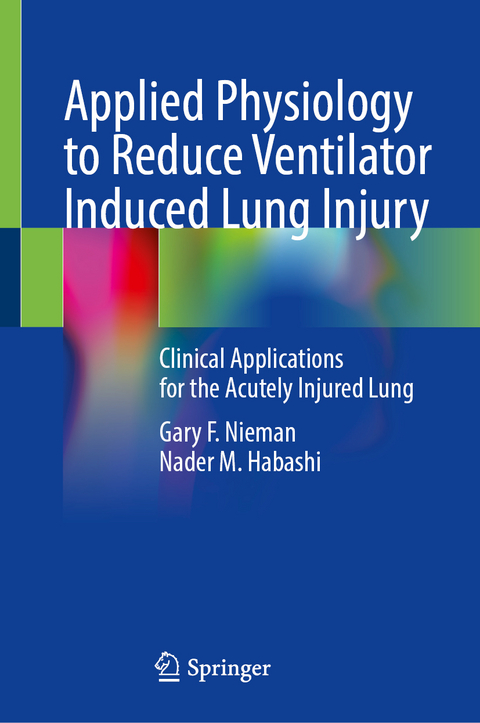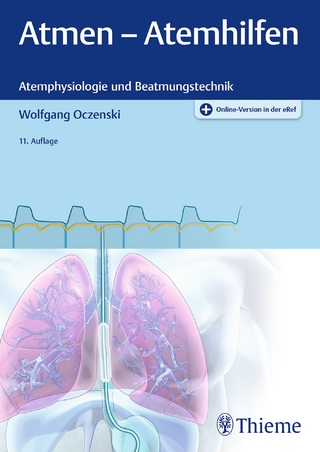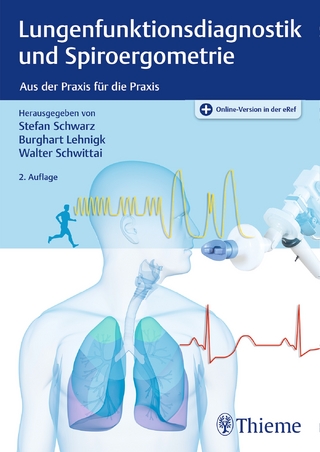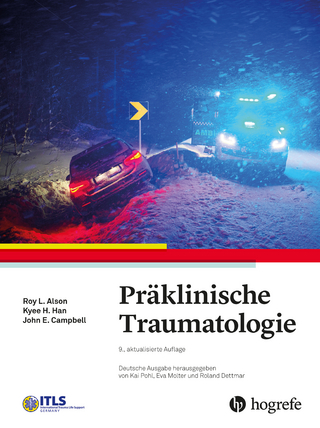
Applied Physiology to Reduce Ventilator Induced Lung Injury
Springer International Publishing (Verlag)
978-3-031-66351-2 (ISBN)
This book details the mechanisms of ventilator induced lung injury (VILI) at the alveolar level with the aim to identify optimal ventilation methods necessary to preserve lung function. Mortality associated with the acute respiratory distress syndrome (ARDS), including that caused by COVID-19, remains unacceptably high. The primary treatment is supportive in the form of protective mechanical ventilation, but set improperly this can cause an unintended secondary VILI significantly increasing mortality. To improve ventilation strategies needed to reduce VILI the alteration in alveolar mechanics caused by ARDS must be understood. The protective ventilation strategy must attempt to normalize alveolar mechanics, which would significantly reduce the mechanical damage subjected to lung tissue during mechanical ventilation. Written by leading experts with numerous diagrams, figures, and videos, this book takes the latest research in the field and translates it to clinical practice. Authors discuss the ARDS-induced alteration in alveolar mechanics that make it so susceptible to VILI and novel ventilation strategies necessary to normalize alveolar mechanics and reduce ARDS related morbidity and mortality. Chapters cover normal lung (alveolar mechanics and micro anatomy), how these are altered during acute lung injury, and the optimal Mechanical Breath Profile (MBp) necessary to stabilize and open the lung to reduce both VILI and acute lung injury-induced morbidity and mortality. This is an ideal guide for pulmonologists, critical care specialists, surgeons, and all medical professionals working with patients on ventilation.
Gary F. Nieman, BS is a Professor of Research in the Department of Surgery at Upstate Medical University, Syracuse NY. He has published widely on the pathophysiology and treatment of acute lung injury.
Nader M. Habashi, MD is Professor of Medicine at the University of Maryland School of Medicine.
Unifying Hypothesis of Ventilator Induced Lung Injury.- Current Protective Ventilation Approach.- Alveolar and alveolar duct acinar mechanics in the normal lung.- Alveolar and alveolar duct mechanics in the acutely injured lung Peeling Stress and Stress Multiplication.- The Acutely Injured lung becomes Time Press Dependent.- Applied Physiologic Analysis of Clinically Tested Protective Ventilation Strategies.- It's not the Wand it's the Wizard It's Not Just the Mode but the Method Used to Set and Adjust the Mode that is Lung Protective.- Novel Time Controlled Adaptive Ventilation Method to Minimize VILI.- Adaptive Dynamic Subtidal Ventilation ADSV technology Lung Protection by Millisecond Adjustments in Gas Flow Volume and Pressure at the Alveolar Level.- Epilogue.
| Erscheinungsdatum | 24.10.2024 |
|---|---|
| Zusatzinfo | IX, 191 p. 66 illus., 59 illus. in color. |
| Verlagsort | Cham |
| Sprache | englisch |
| Maße | 155 x 235 mm |
| Themenwelt | Medizin / Pharmazie ► Medizinische Fachgebiete ► Chirurgie |
| Medizinische Fachgebiete ► Innere Medizin ► Pneumologie | |
| Medizin / Pharmazie ► Medizinische Fachgebiete ► Intensivmedizin | |
| Schlagworte | acute lung injury • acute respiratory distress syndrome • ARDS • Covid-19 • mechanical ventilation • Ventilator Induced Lung injury • VILI |
| ISBN-10 | 3-031-66351-9 / 3031663519 |
| ISBN-13 | 978-3-031-66351-2 / 9783031663512 |
| Zustand | Neuware |
| Haben Sie eine Frage zum Produkt? |
aus dem Bereich


